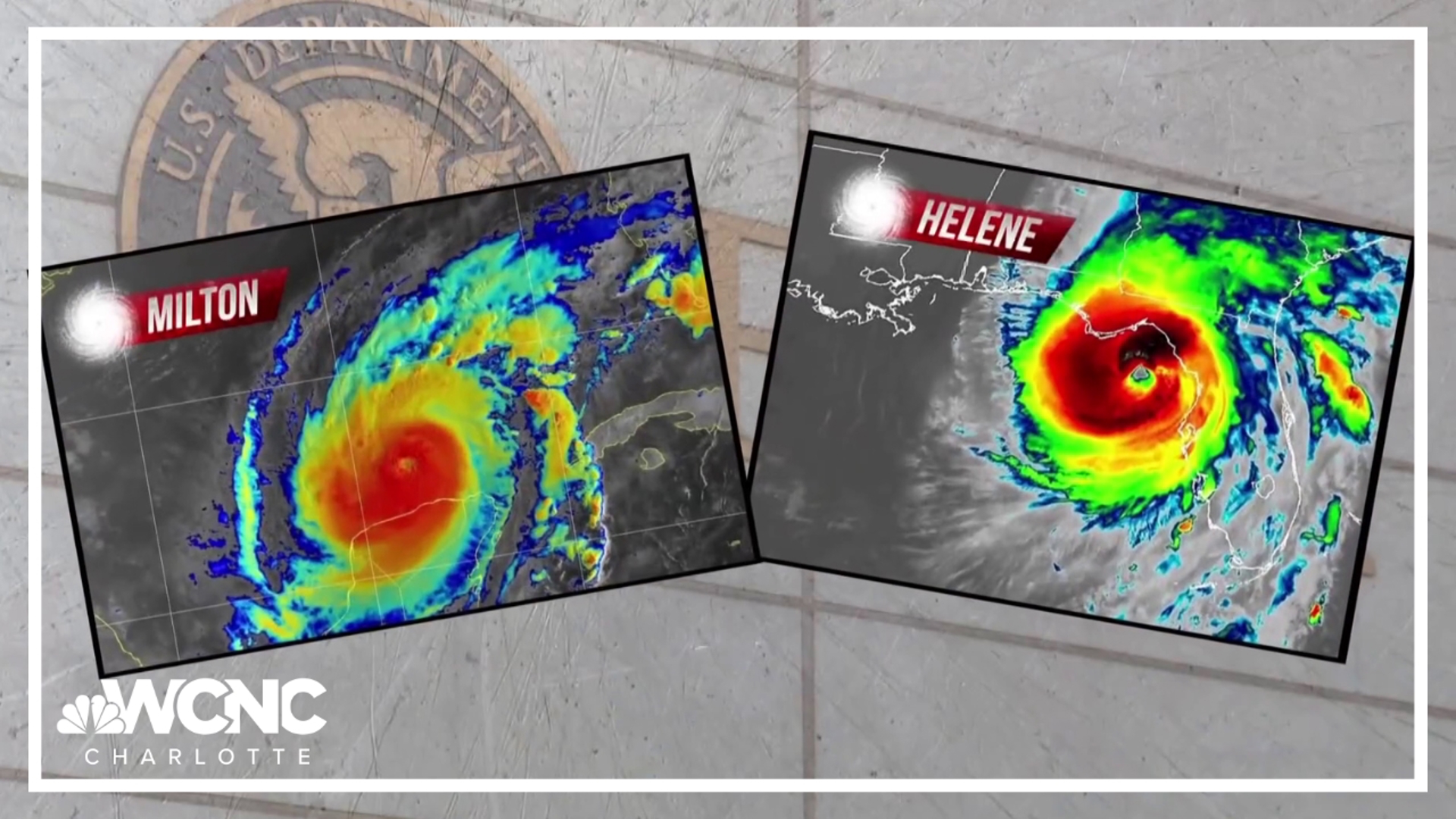![635490889615230024-AP-Comet-at-Mars [ID=17385801]](http://www.gannett-cdn.com/-mm-/3d5569507733ca056af5edaf0a2a8036c559fb13/r=500x375/local/-/media/WCNC/None/2014/10/16/635490889615230024-AP-Comet-at-Mars.jpg)
One of Earth's closest neighbors is about to have a very narrow escape.
A comet the size of a small mountain will whiz past Mars Sunday at a distance of less than 87,000 miles, a hair's breadth in astronomical terms.
That's so close that Mars will be swathed in the comet's dust and gas; so close that NASA has decided to move its Mars orbiters out of the path of potential danger; so close that such a very near miss by a comet has never been recorded for Earth.
Earlier worries that the comet could actually hit the Red Planet are unfounded, but that doesn't mean the fly-by will be boring. The spectacle – if you were on Mars -- could include a Northern Lights-like aurora and an extra sprinkle of shooting stars. An observer on the Martian surface might also see an "insanely bright" fireball, according to Naval Research Laboratory astrophysicist Karl Battams.
Even better is the show the comet will provide for an armada of scientific observatories, including NASA's MAVEN spacecraft, which serendipitously began orbiting Mars Sept. 21. Researchers have never had such a good look at an object that was born at the dawn of the solar system and probably hasn't changed much since.
For both Mars and the comet to be "coming right next to each other … right after this very sophisticated spacecraft gets there – it just boggles the mind," says planetary scientist Roger Yelle of the University of Arizona. "This is a once-in-a-lifetime opportunity."
Comet Siding Spring, which bears the name of the Australian observatory where it was discovered in 2013, seems rather modest to be such a center of attention. It's no more than 5 miles wide and, like other comets, was sculpted out of the ice and dust that formed the planets. Also like many other comets, it was banished shortly after birth to the coldest, most remote reaches of the solar system, a realm known as the Oort cloud.
But unlike other comets in the Oort cloud, Siding Spring didn't stay put. Instead it seems to have gotten knocked for a loop by a passing star, propelling it on a path that is bringing it close to the sun.
It began its journey to our neck of the solar system a few million years ago, says astrophysicist Carey Lisse of The Johns Hopkins University Applied Physics Laboratory, and is on its first trip to the relatively toasty region close to the sun.
Scientists have sent spacecraft to study other comets, but none of them were from the Oort cloud, meaning they probably don't preserve the conditions of the early solar system as well as the Oort-cloud comets do.
Siding Spring and its brethren "have never been boiled and baked very hard," Lisse says. "An Oort-Cloud comet coming to us is a great wonder and very useful."
Siding Spring is scheduled to make its closet approach to Mars at roughly 2:28 p.m. ET Sunday. By then NASA will have moved its Mars orbiters away from the comet's dust trail out of an abundance of caution, though scientific analysis shows no hazard from the dust, says University of Maryland astronomer Tony Farnham.
NASA's Mars rovers will peer at the heavens in hopes of snapping pictures of the comet. The Hubble Space Telescope will have a look, as will a posse of other observatories that have been pressed into service as comet-watchers for the occasion.
Here on Earth, those in places such as South Africa and Australia will be able to see the comet, but only through binoculars. If, on the other hand, the comet had hit Mars, there would've been a "really brilliant flash," says University of Colorado planetary scientists Nick Schneider. "It probably would've darkened (Mars) with dust" – but not affected the Earth.
On Sunday, amateur astronomers will meet online in real time to report their observations, says Padma Yanamandra-Fisher of the Space Science Institute, who notes that Siding Spring will buzz Mars while many Americans are preoccupied with football.
"If your team loses, forget about it and just go to the Ustream," she advised at a NASA briefing earlier this month. "This is a lot more exciting."


